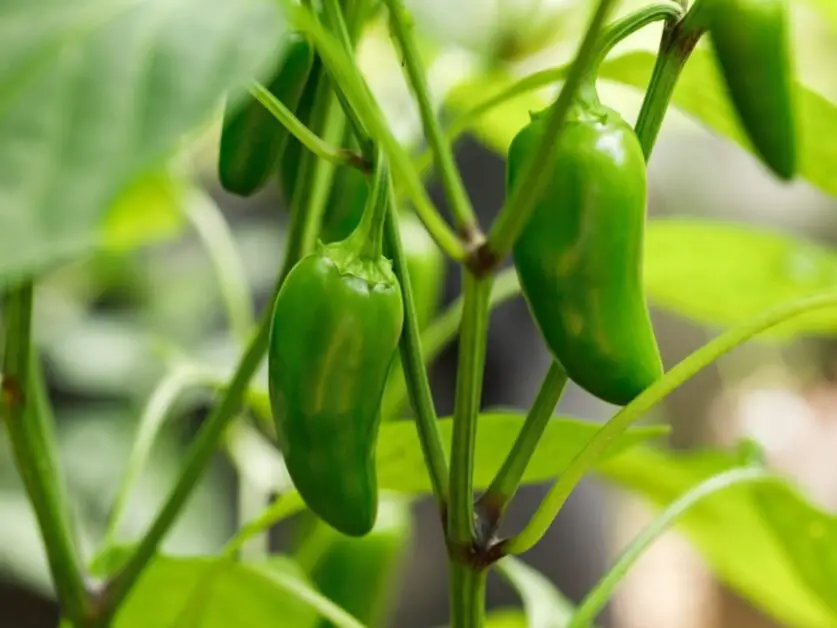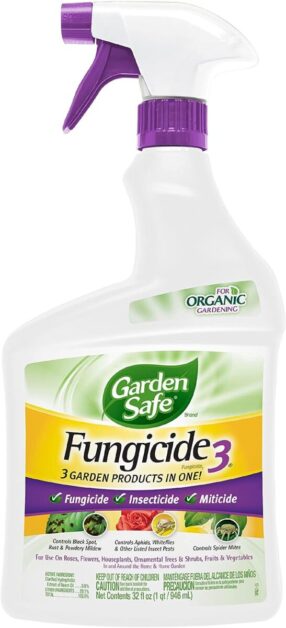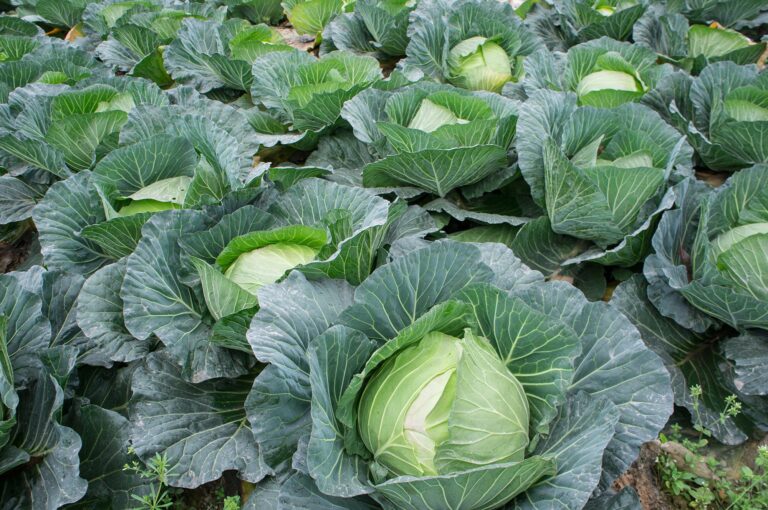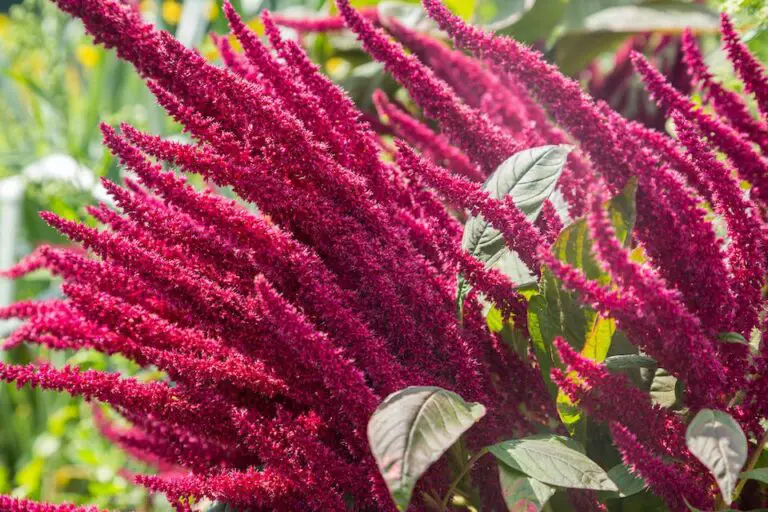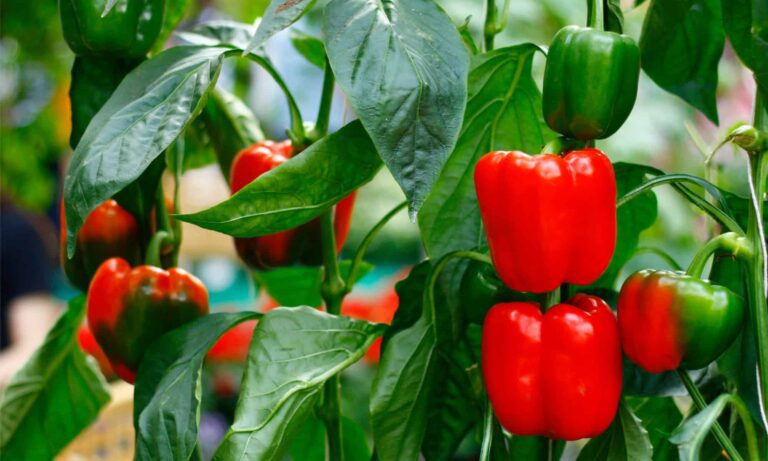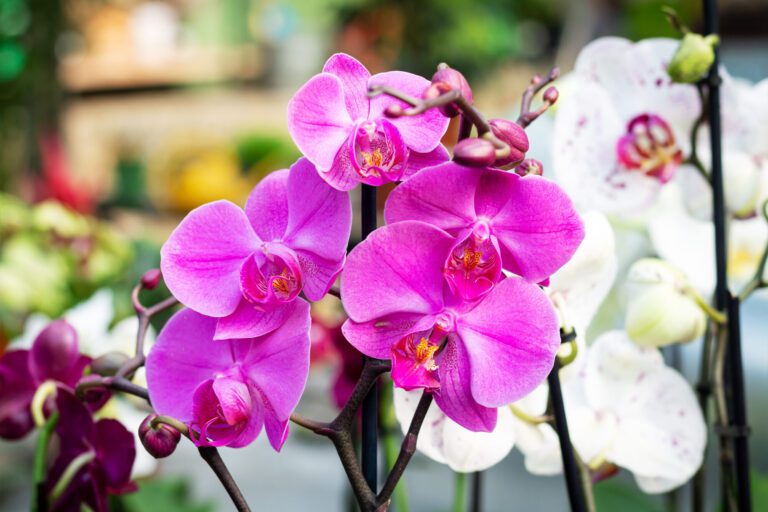Growing Jalapenos: Sweet Heat Awaits You
🌶️ Craving a spicy kick in your culinary adventures? Look no further than the humble jalapeno! Did you know that this fiery pepper isn’t just about heat—it’s packed with flavor too? From salsas to poppers, growing your own jalapenos brings a burst of freshness to your kitchen. In this guide, we’ll dive into the world of jalapeno cultivation, exploring tips and tricks to cultivate these peppers with sweet heat right in your backyard.
Get ready to elevate your dishes with a homegrown twist that’ll leave your taste buds tingling. Join us on a journey where experience meets expertise, and discover the joy of harvesting your very own jalapenos. Let’s turn up the heat and savor the flavors of homegrown goodness! 🌶️
Table of Contents
Growing Jalapenos: Sweet Heat Awaits You
Jalapenos are a popular pepper variety known for their distinctive heat and flavor. Whether you enjoy them fresh in salsas and salads or prefer to use them for pickling or cooking, growing jalapenos in your garden can be a rewarding experience. With the right techniques and care, you can nurture these plants from seedlings to fruitful harvests, adding a touch of sweet heat to your culinary adventures.

- Sunlight Requirements: Jalapenos flourish in warm climates with abundant sunlight, necessitating at least six to eight hours of direct sunlight daily for optimal growth.
- Choosing the Right Spot: Select a garden location that receives ample sunlight and features well-draining soil to prevent waterlogging, ensuring the plants thrive.
- Soil pH: Jalapenos prefer slightly acidic soil with a pH level ranging between 5.5 and 7.0, facilitating optimal growth and fruit production.
- Optimal Conditions: By providing the ideal environment of sunlight, well-draining soil, and appropriate pH levels, you’ll set the stage for a fruitful jalapeno harvest boasting the perfect blend of sweetness and heat.
Using the Back to the Roots Jalapeno Pepper Grow Kit has been a delightful experience in my indoor gardening journey. Its convenient design and organic seeds made the process of growing jalapeno peppers at home both accessible and rewarding. I appreciated the educational aspect of the kit, as it allowed me to learn about plant growth and cultivation while observing the entire lifecycle of the jalapeno plants, from seed germination to fruit production.
While the kit produced a limited yield of jalapeno peppers compared to outdoor gardening methods, the satisfaction of harvesting my own fresh produce was unmatched. The sleek design of the grow kit added a decorative touch to my indoor space, making it both functional and aesthetically pleasing. Overall, the Back to the Roots Jalapeno Pepper Grow Kit provided me with a sustainable and enjoyable way to grow jalapeno peppers at home, offering a rewarding gardening experience for beginners and seasoned gardeners alike.
- Convenience: The Back to the Roots Jalapeno Pepper Grow Kit offers a convenient all-in-one solution for growing jalapeno peppers at home, making it easy for beginners and experienced gardeners alike.
- Indoor Gardening: This kit allows for indoor gardening, enabling individuals to grow fresh jalapeno peppers year-round, regardless of outdoor weather conditions or space limitations.
- Educational: It provides an educational experience, allowing users to learn about plant growth and cultivation while observing the entire growing process from seed to harvest.
- Organic Seeds: The kit includes organic jalapeno pepper seeds, ensuring a natural and chemical-free growing experience for those concerned about the quality of their produce.
- Sustainable: Back to the Roots emphasizes sustainability, using eco-friendly materials in their grow kits and promoting environmentally conscious gardening practices.
- Decorative: The grow kit’s sleek design adds a decorative touch to any indoor space, serving as both a functional gardening tool and a stylish home accent.
- Harvest Satisfaction: Growing jalapeno peppers from seeds offers the satisfaction of harvesting your own fresh produce, adding flavor and spice to homemade dishes.
- Limited Yield: The grow kit may produce a limited quantity of jalapeno peppers compared to traditional outdoor gardening methods or larger-scale hydroponic systems.
- Space Requirement: While suitable for indoor use, the grow kit still requires sufficient space for plant growth and may not be practical for individuals with limited indoor space.
- Time Investment: Growing jalapeno peppers from seeds requires time and patience, as it may take several weeks or even months for the plants to reach maturity and produce fruit.
- Maintenance: Like any indoor plant, jalapeno peppers grown in the kit require regular maintenance, including watering, pruning, and monitoring for pests or diseases.
- Dependency on Kit Components: Users are dependent on the quality and performance of the kit components, including the soil, seeds, and grow tray, which may vary in effectiveness.
- Seasonal Limitations: While suitable for year-round indoor gardening, the grow kit may not provide optimal growing conditions for jalapeno peppers during certain seasons, potentially affecting plant health and yield.
The Origins of Jalapenos: Discover the fascinating history and origins of the jalapeno pepper.
The jalapeno pepper, known for its fiery flavor, has a rich and fascinating history that dates back centuries. Its origins can be traced back to Mexico, where it played a significant role in the cuisine and culture of the ancient Aztecs. The word “jalapeno” itself is derived from the Nahuatl language, spoken by the Aztecs, and means “from Xalapa,” a region in present-day Mexico.
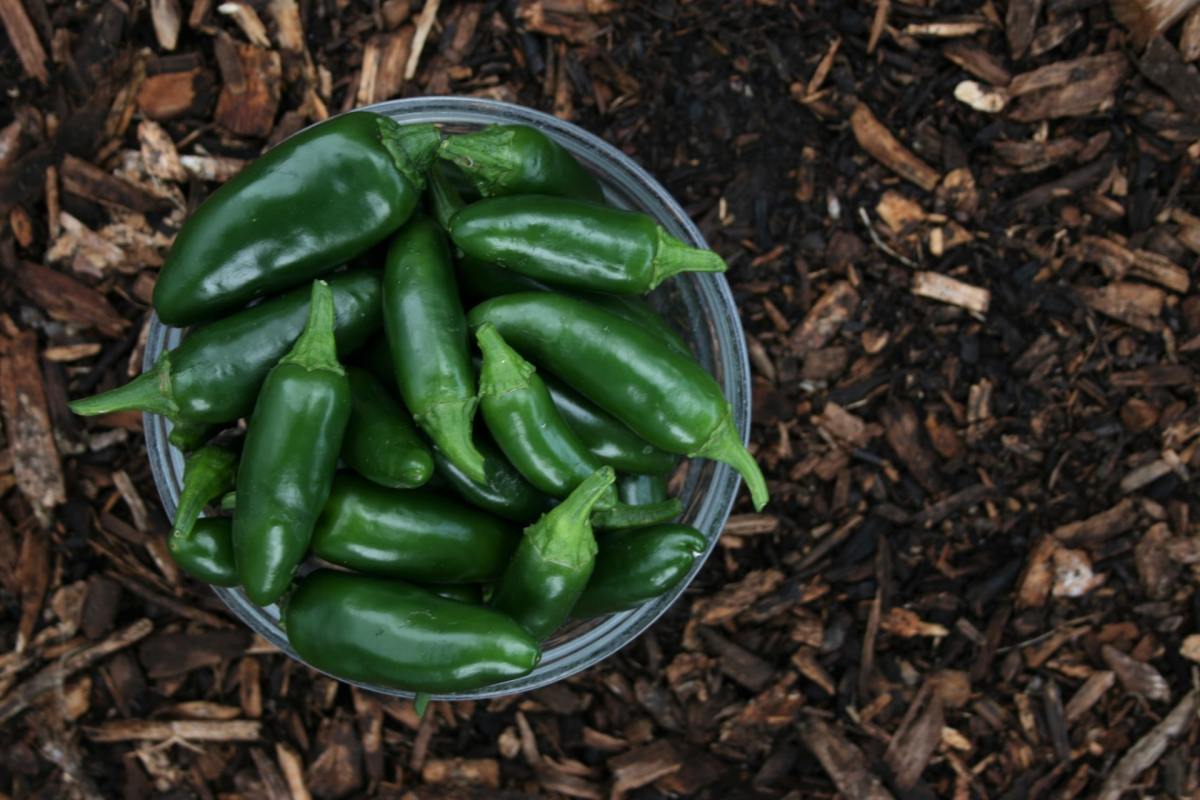
- Historical Roots: Jalapenos have a rich history dating back centuries, originating in ancient Mexico.
- Culinary and Medicinal Use: Beyond mere flavor, jalapenos were valued for their medicinal properties by the Aztecs, who believed in their healing abilities for ailments like toothaches and digestive issues.
- Global Spread: Through trade and exploration, jalapenos found their way beyond Mexico’s borders, becoming popular in cuisines around the world.
- Versatile Ingredient: Today, jalapenos are a kitchen staple worldwide, prized for their versatility in enhancing the flavor of various dishes.
- Enduring Appeal: The journey of the jalapeno, from its ancient roots to its widespread use today, speaks to its enduring appeal and vibrant history.
The Ideal Climate for Growing Jalapenos: Explore the specific climate conditions that are optimal for growing jalapenos.
Jalapeno peppers thrive in specific climate conditions that provide the optimal environment for their growth and development. Understanding these conditions is essential for successful jalapeno cultivation.
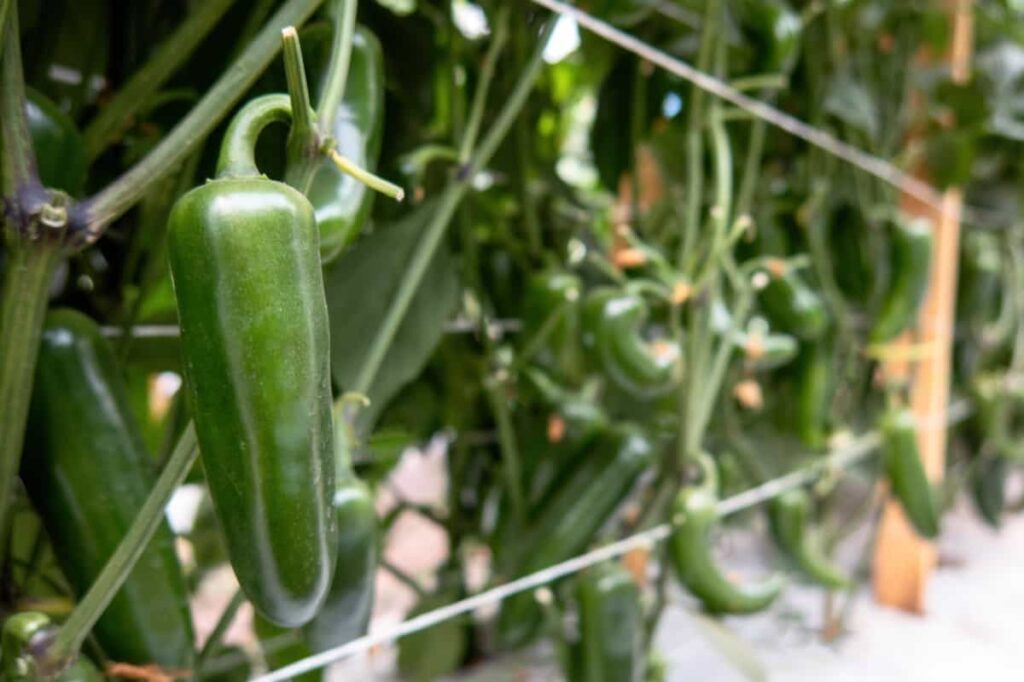
- Climate and Temperature:
- Jalapeños thrive in warm temperatures between 70°F to 90°F (21°C to 32°C).
- Ensure they receive sufficient sunlight to support germination, flowering, and fruiting.
- Growing Season:
- Aim for a frost-free period of 70-80 days to allow jalapeños to fully mature.
- Regions with mild winters and long summers are ideal, but you can also start them indoors or in greenhouses.
- Rainfall and Moisture:
- Consistent moisture is essential for jalapeños.
- Monitor rainfall in your region and supplement with irrigation as needed.
- Avoid excessive watering to prevent waterlogged soil and root rot.
Therefore, it is recommended to provide supplemental irrigation to maintain a consistent level of soil moisture throughout their growing season. Monitoring and adjusting watering practices based on weather conditions and the specific needs of the plants will help avoid over- or under-watering, ensuring the plants’ vigor and productivity.By creating the ideal climate for jalapenos, gardeners can enjoy abundant harvests of these flavorful peppers. Next, we will explore the various jalapeno varieties available and discuss how to choose the best ones for your garden.
Selecting Jalapeno Varieties: Learn about the different varieties of jalapenos available and how to choose the best ones for your garden.
When it comes to selecting jalapeno varieties for your garden, there are numerous options to choose from. Each variety offers its own unique qualities in terms of heat level, flavor, and size. Understanding the different varieties can help you make an informed decision and ensure that you grow the best jalapenos for your preferences.
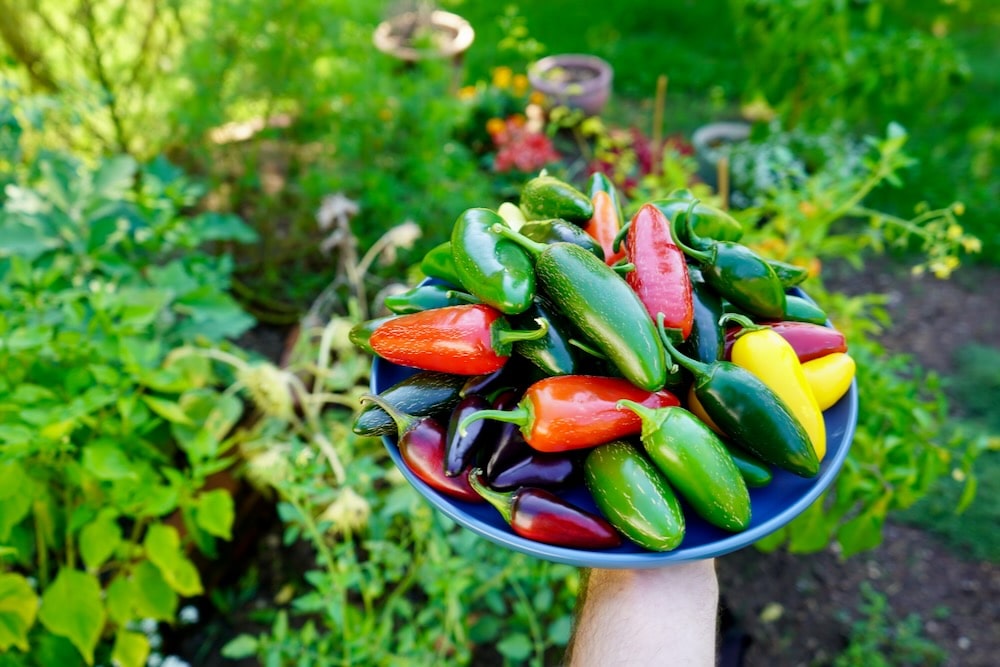
- Early Jalapeno: This variety lives up to its name by being one of the earliest to mature, perfect for gardeners eager to enjoy their jalapenos promptly. With a heat range of 2,500 to 8,000 SHU, it offers a mild to moderate spiciness complemented by a sweet and tangy flavor profile. High yields make it a popular choice among gardeners looking for productivity.
- TAM Jalapeno: Developed by Texas A&M University, the TAM Jalapeno offers a slightly hotter option, ranging from 2,500 to 5,000 SHU. Its thick flesh makes it ideal for stuffing or grilling, while its rich, smoky flavor adds a bold kick to dishes. This variety is favored for its unique heat and versatility in culinary applications.
Ultimately, the best jalapeno variety for your garden will depend on your personal preferences and intended use. Take the time to research different varieties and consider factors such as heat level, flavor, size, and ripening time. By selecting the right jalapeno varieties, you can ensure a bountiful harvest of peppers that perfectly suit your taste buds and culinary creations.
Preparing the Soil: Understand the importance of preparing the soil properly before planting jalapeno seeds or seedlings.
Preparing the soil properly is an essential step in ensuring the success of your jalapeno plants. The soil serves as the foundation for your plants, providing them with the necessary nutrients, water, and support they need to thrive. By taking the time to prepare the soil correctly, you can create an optimal environment for your jalapenos to grow and produce a bountiful harvest.

Ideal pH Range: Jalapeño plants prefer slightly acidic soil with a pH range of 6.0 to 6.5.
Importance: Proper pH ensures efficient nutrient absorption by the plant roots.
Testing: Conduct a soil test using a home testing kit or send a sample to a local agricultural extension office.
Adjustment: If the pH is too low (acidic), add lime to raise it. If it’s too high (alkaline), add sulfur or organic matter to lower it.
Well-Draining Soil: Jalapeños thrive in soil that drains well. Avoid heavy clay or compacted soil.
Moisture Retention: The soil should hold moisture but not become waterlogged.
Improving Soil Texture:Add organic matter (compost, well-rotted manure) to improve soil structure.
Consider raised beds if your native soil is problematic.
You can improve soil texture by adding organic matter such as compost or aged manure. This organic matter helps to break up clay particles, improve drainage, and promote aeration within the soil. Furthermore, it enriches the soil with nutrients, which are vital for the overall growth and development of your jalapeno plants.By following these steps, you can create an ideal environment for your jalapeno plants, setting them up for success in producing a bountiful harvest.
Planting Jalapeno Seeds: A step-by-step guide on how to plant jalapeno seeds and ensure successful germination.
Planting jalapeno seeds is a crucial step in growing these fiery peppers successfully. To ensure successful germination, follow this step-by-step guide:
1. Start by selecting high-quality seeds from a reputable source. Look for seeds that are plump, firm, and free from damage or mold. Jalapeno seeds can be purchased from garden centers or online seed suppliers.
2. Prepare the planting containers by filling them with a well-draining seed-starting mix. This mix should be light, fluffy, and sterile to prevent the growth of pathogens that can harm the delicate seedlings.
3. Moisten the seed-starting mix with water until it is evenly damp, but not soggy. Excess moisture can lead to damping-off disease, which can kill the seedlings. Ensure that the planting containers have drainage holes to prevent waterlogging.
4. Plant the jalapeno seeds about ¼ inch deep into the moistened seed-starting mix. Sow the seeds at least 1 inch apart to allow adequate space for germination and early growth. Gently press the soil over the seeds to ensure good soil-to-seed contact.
5. Cover the containers with a clear plastic lid or plastic wrap to create a greenhouse-like environment that helps retain moisture and warmth. Alternatively, you can place the containers in a plastic bag sealed with a zip tie. This creates a mini-greenhouse effect.
6. Place the containers in a warm location, such as a windowsill or a warm greenhouse. Jalapeno seeds prefer a temperature range of 70-85°F (21-29°C) for optimal germination. Ensure that the location also receives bright, indirect sunlight for at least 6-8 hours a day.
7. Check the moisture levels regularly and mist the soil gently if it feels dry. Be careful not to overwater, as excessive moisture can cause the seeds to rot. Aim to keep the soil consistently moist but not waterlogged.
8. Germination typically takes 7-14 days, but it can vary depending on the temperature and seed quality. Once the seedlings emerge, remove the plastic cover and place the containers under grow lights or in a sunny location where they can receive direct sunlight.
Remember that patience is key when growing jalapeno seeds. It may take some time before you see the first green shoots, but with proper care and attention, your efforts will be rewarded with healthy jalapeno seedlings ready for transplantation.
Caring for Jalapeno Seedlings: Discover the essential care tips for nurturing your jalapeno seedlings as they grow.
Caring for jalapeno seedlings is a crucial step in ensuring their healthy growth and eventual fruit production. To give your seedlings the best start, there are a few essential care tips to keep in mind.

- Proper Watering: Seedlings thrive in moist, well-draining soil, but finding the balance is key. Overwatering can lead to damping off, while underwatering can stunt growth. Aim for evenly moist soil, avoiding waterlogging.
- Light Requirements: Adequate light is crucial for strong seedling development, with 14-16 hours per day ideal. Indoors, place seedlings near sunny windows or use artificial grow lights to meet their needs.
- Temperature Control: Maintain a warm environment for jalapeno seedlings, with temperatures between 70-85°F (21-29°C) optimal. Protect them from cold drafts or excessive heat to prevent growth issues or damage.
- Pest and Disease Management: Protect delicate seedlings from pests and diseases by staying vigilant. Regularly inspect plants for common pests like aphids and spider mites, use organic insecticides when needed, and maintain good hygiene in the growing area to keep them healthy.
By giving your jalapeno seedlings the attentive care they need in terms of watering, light, temperature, and pest control, you are laying the foundation for healthy and productive plants.
Watering and Fertilizing Jalapenos: Learn the correct techniques for watering and fertilizing jalapeno plants to promote healthy growth.
Proper watering and fertilizing techniques play a crucial role in ensuring the healthy growth of jalapeno plants. When it comes to watering, it is important to strike a balance between providing enough moisture for the plants without overwatering them. Jalapenos prefer well-drained soil, so excessive moisture can lead to root rot and other fungal diseases.

- Watering Schedule: Check soil moisture regularly by inserting your finger about an inch deep near the plant. If the soil feels dry, it’s time to water. Ensure thorough watering to reach the roots, allowing the soil to dry slightly between waterings. Adjust watering frequency based on climate and environmental factors.
- Fertilization: Prepare the soil before planting by incorporating organic matter like compost or well-rotted manure to provide essential nutrients and improve soil structure. Once plants are established, use a balanced fertilizer with equal parts nitrogen, phosphorus, and potassium. Apply according to package instructions every few weeks, avoiding over-fertilization to maintain a balance between foliage growth and fruit production.
By following these techniques, you can encourage robust growth and a bountiful harvest of delicious jalapenos.
Protecting Jalapeno Plants: Understand the common pests and diseases that can affect jalapeno plants and how to protect them effectively.
Common Pests and Diseases for Jalapeno Plants and Protection Strategies
| Issue | Symptoms | Treatment | Effect on Plant |
|---|---|---|---|
| Bacterial Leaf Spot | – Yellow and green spots on leaves- Brown spots on leaves in later stages- Raised, corky spots on pepper- Leaf drop and decaying peppers | – Remove infected parts- Provide adequate fertilizer- Spray with natural fungicide- Practice clean gardening | Can lead to leaf drop and reduced fruit production. |
| Aphids and Mites | – Distorted growth- Sticky residue (honeydew) on leaves- Curling leaves- Yellowing leaves | – Use insecticidal soap or neem oil- Introduce beneficial insects (ladybugs, lacewings)- Keep plants healthy | Stunted growth, reduced yield, and transmission of plant viruses. |
| Early Blight | – Dark concentric rings on leaves- Yellowing and wilting- Brown lesions on stems and fruit | – Remove affected leaves- Apply copper-based fungicide- Proper spacing and ventilation- Avoid overhead watering | Reduced yield, premature defoliation, and fruit rot. |
| Bacterial Wilt | – Wilting of leaves and stems- Yellowing and browning of veins- Drooping plants | – No cure once infected (remove affected plants)- Preventive measures: clean tools, resistant varieties | Rapid decline, eventual death of the plant. |
| Mosaic Virus | – Mottled or mosaic-like patterns on leaves- Stunted growth- Deformed fruit | – No cure (remove infected plants)- Control aphid vectors- Plant virus-resistant varieties | Reduced yield, distorted fruit, and potential spread to other plants. |
| Verticillium Wilt | – Wilting of leaves on one side of the plant- Yellowing and browning of leaves- Reduced growth | – No cure (remove affected plants)- Rotate crops- Improve soil drainage and aeration | Reduced vigor, poor fruit development, and eventual plant death. |
| Blossom End Rot | – Dark, sunken spots at the blossom end of fruit- Soft, water-soaked areas- Fruit collapse | – Maintain consistent soil moisture- Add calcium to soil- Avoid excessive nitrogen fertilization | Fruit quality compromised, increased susceptibility to other issues. |
Protecting Jalapeno Plants
To effectively protect jalapeno plants from pests and diseases, it is important for gardeners to take preventive measures. Here are some strategies to consider:
1) Regularly inspect plants for signs of pests or diseases such as aphids or bacterial spot.
2) Use organic insecticides or soaps specifically designed to target common pests like aphids or spider mites.
3) Introduce natural predators such as ladybugs or lacewings into the garden to control aphid populations.
4) Maintain proper spacing between plants to promote air circulation and reduce humidity levels that can contribute to diseases like powdery mildew.
5) Avoid overhead watering which can create ideal conditions for disease development; instead, use a drip irrigation system at ground level.
6) Remove any infected plant material promptly to prevent further spread of diseases like bacterial spot or powdery mildew.
Remember that prevention and early intervention are key to maintaining healthy jalapeño plants. Regular monitoring, proper cultural practices, and timely treatments can help mitigate these issues. 🌶️🌱By implementing these protective measures consistently throughout the growing season, gardeners can minimize the impact of pests and diseases on their jalapeno plants’ health and productivity.
Having used Garden Safe Fungicide on my plants, I can attest to its effectiveness in controlling fungal diseases. The ready-to-use spray bottle made application a breeze, and I noticed visible results within a short period. My plants, which were previously affected by powdery mildew, showed signs of improvement after just a few applications, with the fungal growth visibly decreasing.
One of the aspects I appreciated most about Garden Safe Fungicide is its organic formula, which ensured the safety of my plants, as well as my family and pets. Despite its potent fungicidal properties, I felt confident using it knowing that it posed minimal risk to the environment and beneficial insects. Overall, Garden Safe Fungicide provided me with a reliable solution for combating fungal diseases in my garden, offering peace of mind and healthy, thriving plants.
✅ Ready-to-Use: The fungicide comes in a convenient ready-to-use spray bottle, making application quick and hassle-free, especially for smaller garden areas or potted plants.
✅ Multi-Purpose: It can be used on a wide range of ornamental and edible plants, including flowers, vegetables, and fruits, offering versatile protection against fungal infections.
✅ Fast Action: Garden Safe Fungicide works quickly to inhibit fungal growth and prevent further spread of disease, providing rapid relief for affected plants.
✅ Organic Formula: Made from naturally derived ingredients, this fungicide is safe for use around people, pets, and beneficial insects, offering a non-toxic solution for plant protection.
✅ Residual Effect: It leaves behind a protective residue that continues to deter fungal infections even after application, providing long-lasting defense for plants.
✅ Affordable: Compared to some other fungicides on the market, Garden Safe Fungicide is relatively affordable, offering effective disease control without breaking the bank.
❌ Regular Application: To maintain protection against fungal diseases, frequent applications of the fungicide may be necessary, especially during periods of high humidity or when conditions favor fungal growth.
❌ Potential Staining: The fungicide may leave behind a residue that could stain foliage or surfaces, so it’s advisable to test on a small area before widespread application.
❌ Dependency on Weather: The effectiveness of Garden Safe Fungicide may be influenced by weather conditions, with rainy or humid weather potentially reducing its efficacy.
❌ Limited Availability: Depending on location, Garden Safe Fungicide may be challenging to find in some stores, requiring special ordering or online purchases.
❌ Not Suitable for Systemic Infections: While effective for surface fungal infections, this fungicide may not be suitable for systemic fungal diseases that affect the internal tissues of plants.
❌ Environmental Impact: While considered safe for use around people and pets, the environmental impact of Garden Safe Fungicide’s ingredients may vary, so it’s essential to follow usage instructions carefully.
Pruning and Training Jalapeno Plants: Explore the benefits of pruning and training jalapeno plants to increase yields and improve plant health
Pruning and training jalapeno plants are essential practices that can have significant benefits for both the plant’s overall health and the yields it produces. By removing unnecessary foliage and guiding the plant’s growth, gardeners can promote better air circulation and sunlight penetration, leading to stronger and more productive jalapeno plants.
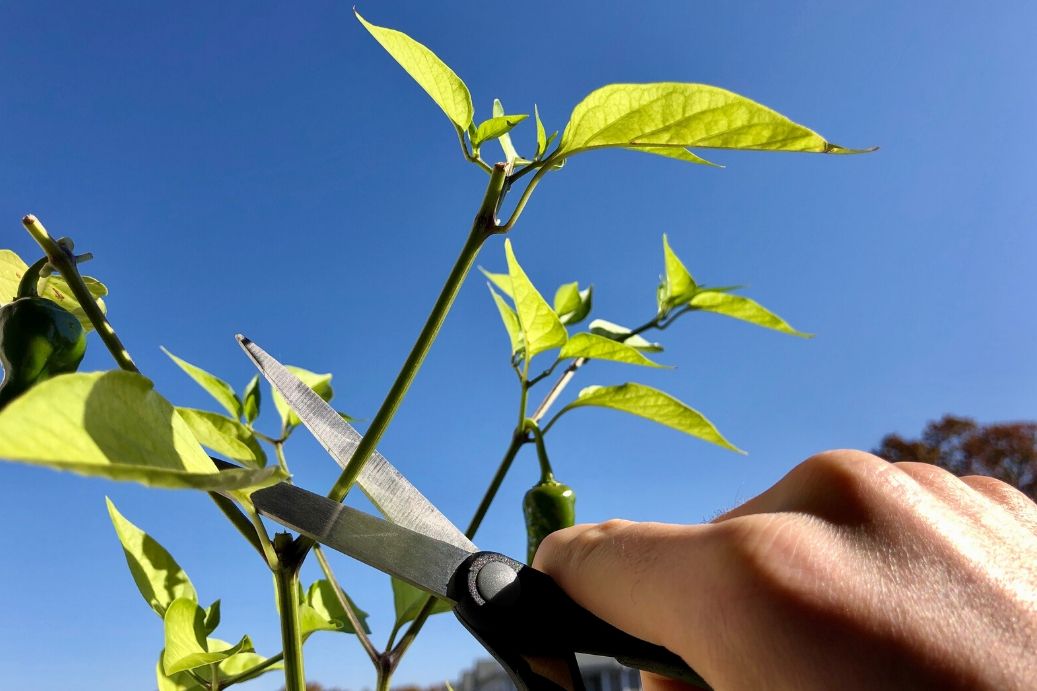
- Sturdy Stem Development: Pruning jalapeno plants directs energy to the main stem, promoting thicker and sturdier growth. This enhances support for heavy pepper pods and increases resistance to wind damage and diseases.
- Shape and Size Control: Training jalapeno plants with trellises or stakes encourages upright growth, preventing sprawling and reducing pest infestations. Regularly pinching the tips promotes lateral branch growth, leading to more flowering sites and ultimately more peppers.
In Conclusion, pruning and training jalapeno plants are valuable techniques that can significantly benefit gardeners. By promoting better airflow, guiding sturdy stem growth, and controlling the plant’s shape and size, gardeners can ensure healthier plants, higher yields, and an overall improved gardening experience.
Watch video for more information:
FAQ
Why is pruning important for jalapeno plants?
Pruning is important for jalapeno plants because it helps to remove dead or damaged branches, improves air circulation, and promotes new growth and higher yields.
When is the best time to prune jalapeno plants?
The best time to prune jalapeno plants is in early spring before new growth starts or after the harvest season. This allows the plants to recover and prepare for the next growing season.
How should I prune my jalapeno plants?
To prune jalapeno plants, use clean and sharp pruning shears to remove any dead or damaged branches. It’s also beneficial to remove any suckers or side shoots that may be taking away nutrients from the main branches.
Will pruning jalapeno plants affect their overall growth?
Pruning jalapeno plants properly will actually promote healthier and more vigorous growth. By removing unnecessary branches, the plant can focus its energy on producing more fruit.
Can I train jalapeno plants to grow in a specific shape?
Yes, you can train jalapeno plants to grow in a specific shape. This can be done by using stakes or trellises to support the branches and guide their direction. Training the plants can help maximize space and improve air circulation.
What are the benefits of training jalapeno plants?
Training jalapeno plants can help prevent overcrowding, improve air circulation, and make it easier to harvest the fruit. It also allows for better sunlight penetration, which promotes overall plant health and higher yields.
How often should I prune and train my jalapeno plants?
It is recommended to prune and train jalapeno plants regularly throughout the growing season. This can include removing dead branches and training new growth as needed.
Can I use the pruned branches from my jalapeno plants for anything?
Yes, you can use the pruned branches from jalapeno plants for composting. Chopping them into smaller pieces will help speed up the decomposition process and create nutrient-rich compost for your garden.
Are there any specific precautions I should take when pruning and training jalapeno plants?
When pruning and training jalapeno plants, always use clean and sharp tools to prevent the spread of diseases. Avoid excessive pruning, as it may stress the plants. Additionally, be gentle when training the branches to prevent breakage.

Studied Agricultural Engineering-Plant Protection at University of California, Davis.
Head of Content writing team at Southelmontehydroponics.com

